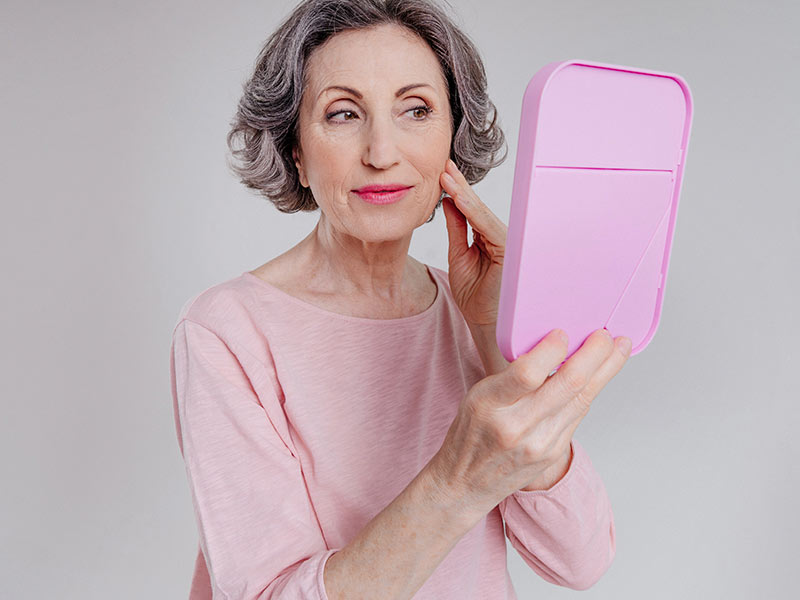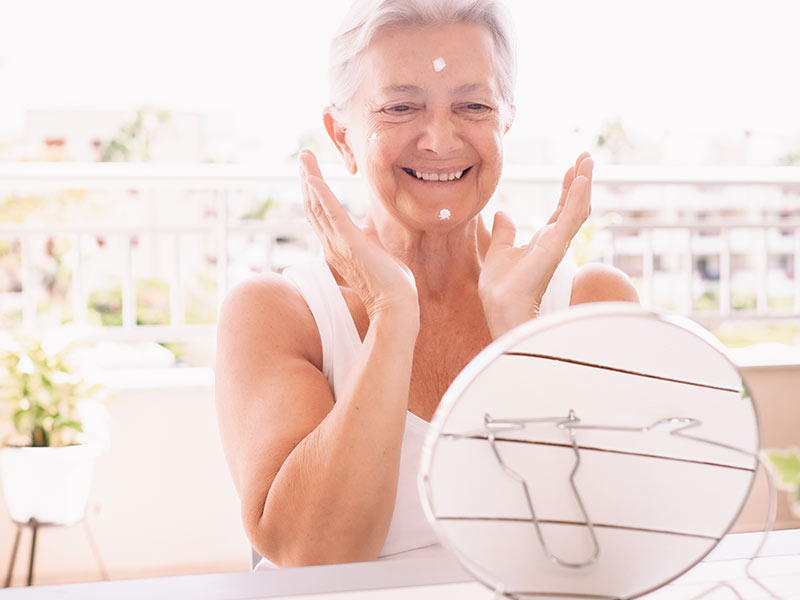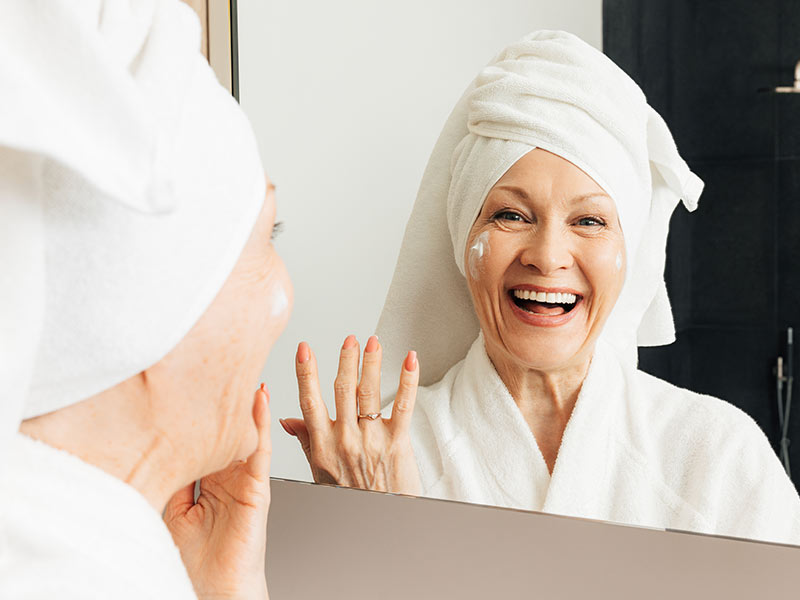Dark spots don’t appear overnight, and unfortunately, they don’t disappear that quickly either. The key to effectively fading hyperpigmentation lies in choosing products with scientifically proven ingredients that target melanin production and accelerate skin renewal. Understanding which ingredients actually work can save you time, money, and frustration. Here’s your guide to the most effective dark spot-fighting ingredients backed by science.
Vitamin C: The Brightening Powerhouse
Vitamin C stands as one of the most researched and effective ingredients for treating dark spots. This potent antioxidant works by inhibiting tyrosinase, the enzyme responsible for melanin production. Beyond fading existing spots, vitamin C brightens overall skin tone and protects against future sun damage.
Look for products with L-ascorbic acid, the most effective form of vitamin C, at concentrations between 10% and 20%. Other stable derivatives like magnesium ascorbyl phosphate or ascorbyl glucoside are excellent alternatives for sensitive skin. Keep in mind that vitamin C works best in formulas with a pH between 2.5 and 3.5 and should be stored away from light and air to maintain potency.
Retinoids: The Gold Standard for Skin Renewal
Retinoids, including prescription retinoin and over-the-counter retinol, are considered the gold standard in skincare for good reason. These vitamin A derivatives accelerate cell turnover, bringing fresh, unblemished skin to the surface while fading pigmented cells. They also stimulate collagen production, making them a multitasking ingredient for anti-aging and dark spot correction.
Start with lower concentrations around 0.25% to 0.3% if you’re new to retinoids, gradually increasing as your skin builds tolerance. For more dramatic results, prescription options like tretinoin or adapalene may be worth discussing with a dermatologist.
Niacinamide: The Gentle Multi-Tasker
Niacinamide, also known as vitamin B3, has gained tremendous popularity for its ability to address multiple skin concerns simultaneously. It reduces hyperpigmentation by preventing the transfer of melanin to skin cells, making it particularly effective for dark spots. Unlike harsher ingredients, niacinamide is gentle enough for sensitive skin and actually strengthens the skin barrier.
Products with 5% to 10% niacinamide deliver optimal results. This ingredient also reduces inflammation, regulates oil production, and minimizes pore appearance—bonus benefits that make it ideal for combination or acne-prone skin.
Alpha Hydroxy Acids: Chemical Exfoliation Experts
Alpha hydroxy acids, particularly glycolic and lactic acid, work by dissolving the bonds between dead skin cells, allowing them to shed more easily. This chemical exfoliation reveals brighter, more even-toned skin underneath while helping other ingredients penetrate more deeply.
Glycolic acid, with its small molecular size, penetrates deeply and works quickly but may cause irritation. Lactic acid is gentler and provides additional hydration, making it suitable for sensitive or dry skin. Look for concentrations between 5% and 10% for at-home use, or consider professional peels for more intensive treatment.
Kojic Acid: The Natural Brightener
Derived from mushrooms, kojic acid is a natural ingredient that inhibits tyrosinase activity, effectively preventing melanin formation. It’s particularly effective for stubborn melasma and post-inflammatory hyperpigmentation from acne. Kojic acid concentrations typically range from 1% to 4% in skincare products.
While effective, kojic acid can be irritating for some people, so it’s often combined with other soothing ingredients. If you have sensitive skin, start with lower concentrations or products that use it alongside calming ingredients.
Azelaic Acid: The Versatile Treatment
Azelaic acid deserves more recognition for its impressive ability to treat both dark spots and acne simultaneously. This naturally occurring acid normalizes skin cell turnover, reduces inflammation, and inhibits melanin production. It’s particularly effective for post-acne marks and rosacea-related discoloration.
Available in concentrations from 10% to 20%, azelaic acid is generally well-tolerated and suitable for sensitive skin. Prescription formulations offer higher concentrations for more stubborn hyperpigmentation.
Tranexamic Acid: The Rising Star
A newer addition to skincare, tranexamic acid has shown remarkable results for melasma and other forms of hyperpigmentation. It works by blocking the interaction between skin cells and melanin-producing cells, effectively reducing dark spot formation. Look for products with 2% to 5% tranexamic acid for optimal brightening effects.
Hydroquinone: The Controversial Heavy-Hitter
Once the most prescribed treatment for hyperpigmentation, hydroquinone remains highly effective at concentrations of 2% over-the-counter or up to 4% by prescription. However, concerns about potential side effects with long-term use have made it less popular. If considering hydroquinone, use it under dermatological supervision and never for extended periods without breaks.
Creating Your Perfect Combination
The most effective dark spot treatments often combine multiple ingredients that work through different mechanisms. Pairing an exfoliant like glycolic acid with a tyrosinase inhibitor like vitamin C, plus a cell-renewal ingredient like retinol, creates a comprehensive approach to fading hyperpigmentation. Just introduce new ingredients gradually to avoid irritation and always use sunscreen daily—it’s the most critical step in preventing dark spots from returning.



